
Get the most out of your plant
Casale’s integrated revamp solutions for ammonia and urea plants are designed to unlock latent potential and boost operational performance.

Casale’s integrated revamp solutions for ammonia and urea plants are designed to unlock latent potential and boost operational performance.
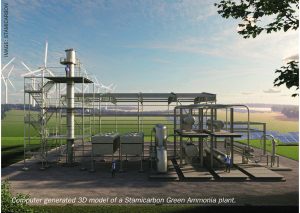
Stamicarbon is pioneering future-proof solutions for low-carbon production with two ammonia process designs.
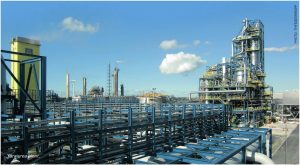
Revamping existing urea plants can deliver significant improvements – including higher capacity, lower costs and reduced emissions.

Matrix PDM Engineering discusses the importance of management and control of sulphur dust during the forming and handling of sulphur throughout the entire solid sulphur lifecycle while maintaining commercially acceptable product that contains less than 2.0% overall moisture.
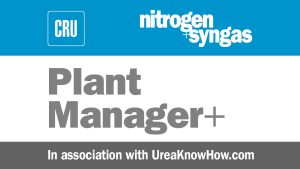
Reverse rotation of an inline four-stage centrifugal CO2 compressor is an unwanted phenomenon which sometimes occurs in urea plants. Reverse rotation can lead to damage to the internals of the CO2 compressor and an expected outage. This discussion shares experiences and provides suggestion on how to avoid reverse rotation of the CO2 compressor.
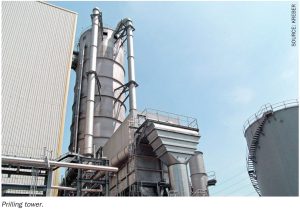
UreaKnowHow.com reviews the main production options for incorporating sulphur into urea, the world's most widely applied commodity fertilizer.
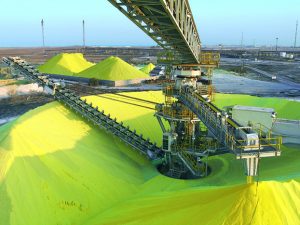
IPCO highlights the reasons for converting sulphur into a solid form, and compares two of the technologies most commonly used to achieve this.
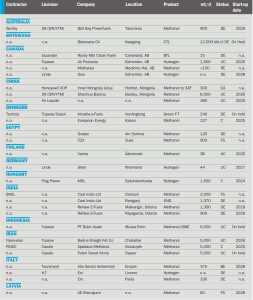
A round-up of current and proposed projects involving non-nitrogen synthesis gas derivatives, including methanol, synthetic/substitute natural gas (SNG) and gas- and coal to liquids (GTL/CTL) plants.

This article describes an unusual tube failure incident which resulted in fire escaping the furnace box during normal operation of a hydrogen plant. Ken Wohlgeschaffen of Chevron Products Company shares the sequence of events leading up to the incident, the extent of damage caused by the incident, and most importantly the causes and lessons learned from this incident to prevent recurrence.
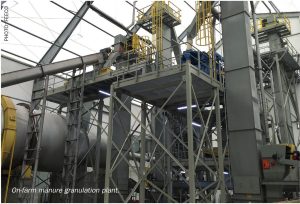
Granulation offers a scalable and reliable way of recovering crop nutrients from waste, says Nick Reckinger of FEECO International.